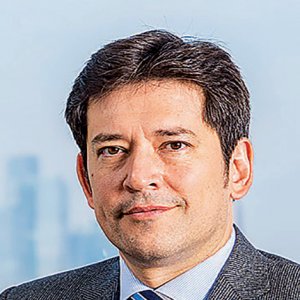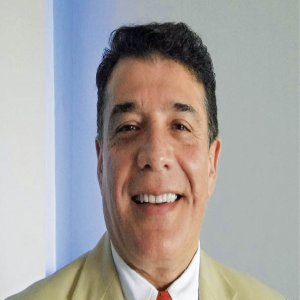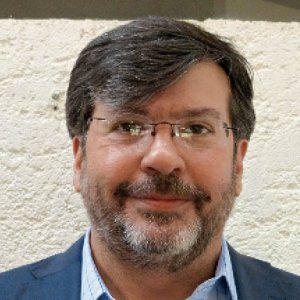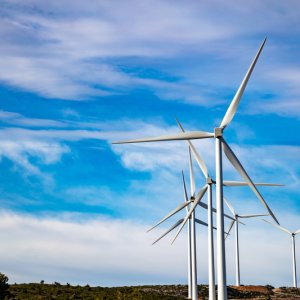Diversification Adresses Energy Needs

Q: CISA is a leading company in the wind power sector. How has the Energy Reform transformed your products and services?
A: Given all the changes in the legislative and operative framework, we have found it important to diversify our project and service portfolio. As a result we are now turning to commercial and industrial solar projects. We have been looking at solar energy but there will come a time when we will need to make in-depth adjustments to the business model. The official announcement of investment plans for the wind sector has been made, and approximately US$18 billion are expected to be allocated between 2015 and 2018. We are looking forward to any new ventures that may appear, as well as all possible support from the government.
We have a goal to generate 450MW, and this will be distributed along different sectors. A part will be generated by wind and another by solar and hydro. We are evaluating the possibility of entering the cogeneration sector, but this will depend on the prices of natural gas. We are currently focusing on wind, solar, and hydro, and we want to maintain our expertise in those areas. We are leaders in wind power and we want to grow in solar generation and hydro projects. Currently, we have a micro-hydro project and its construction is our current priority. In terms of wind power, we just finished the construction of a wind farm in Baja California, and we are open to opportunities for construction and project management.
Q: How are renewable energies competing with cogeneration and natural gas in Baja California?
A: The problem with cogeneration is that prices are more volatile, whereas in renewables, prices tend to remain more stable and predictable. The best solution is to harness these energies in a mutually complementary way, and we are working on a combination that offers constant resources at competitive prices. In the long run, we expect to have hybrid projects that depend both on wind power and cogeneration, but in order to do that, the first steps that we need to take involve land scouting and organization of our permits. We are hoping that the Energy Reform is favorable for these future projects.
Q: How is the company progressing in developing its own wind farms and what problems have you encountered?
A: We are progressing slowly but with promising results so far. We have the measurements for the wind farms, but its development is still in an early phase. We are waiting for the new reforms to be enforced, and negotiating the necessary technology to make the most out of these sites. Currently, we are developing wind farms in Oaxaca and in Baja California. So far, we working independently, but eventually we expect to form an alliance with other companies. As for our clients, if the market is competitive enough, we hope to offer renewable energy to private consumers. One of the main problems is the grid capacity, which can frequently be saturated, so we need to monitor that area closely.
Q: What factors influence the allocation of investments and the geographical destination of your windfarms?
A: The geographical disposition of the farms is based on the scouting process that we follow. Our projects in Baja California were chosen because it is where our main office is located and there are strong wind sites, in Oaxaca there is excellent wind capacity in La Ventosa, and we have managed to successfully develop projects in that state. In terms of security, our farms are not located in states that have high security concerns like other parts of Mexico. If consumers are offered a reasonable contract with a fair price, there is no reason to reject renewable energy. Nowadays, there is a high acceptance of renewables and most major companies harness this type of energy.
Q: Which one of your projects attracts more attention for foreign investment?
A: Our flagship project used to be Bii Nee Stipa, since it was the first private wind farm to enter the grid in Mexico, but currently, our most important projects are with Sempra in La Rumorosa. However, Bii Nee Stipa remains significant because we managed to develop and construct the entire project amid a highly skeptical environment. David Horta, the founder, was a pioneer in venturing into Oaxaca when only CFE had working turbines at the time. CISA continues this pioneering spirit by taking on independent projects. We may partner with another corporation in the future, and the ideal company would be someone with experience, capital, and the appropriate networking capacity.


















